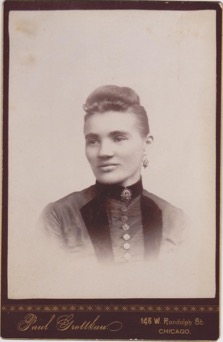 [When, several years ago, my friend and colleague Colleen Thornton introduced me to the research she had begun based on a photograph she purchased on eBay, I offered her as much space as she needed at the blog for publication of her results.
[When, several years ago, my friend and colleague Colleen Thornton introduced me to the research she had begun based on a photograph she purchased on eBay, I offered her as much space as she needed at the blog for publication of her results.
Concluding below, the outcome of Thornton’s painstaking inquiry introduces to the medium’s history two extraordinary figures: a German-born 19th-century U.S.-based anarcho-socialist photographer, Paul Grottkau, and his subject, the African American anarcho-socialist Lucy Parsons, widow of one of the men railroaded to public hanging in the prosecution of the suspects of the Chicago Haymarket Riot. In the cabinet portrait that Thornton discovered the destinies of these two notable left-wing figures intersect, as her essay makes clear.
Thornton offers a self-contained, persuasive, and compelling analysis, a prime example of what close attention to individual photographs can reveal. This is a first-rate work of scholarship, and a significant addition to the literature. It marks the blog’s first (but perhaps not last) publication of a fully resolved piece of research.
Thornton’s article as written comes in two parts, complete with extensive footnotes. To optimize the online reading experience, I have converted the notes to links whenever possible. An addendum will follow this installment shortly. Click here for the previous installment of Part II. Click here for an index page with links to all installments in this series. — A.D.C.]
•
Paul Grottkau, Anarchist Photographer, Part II:
The Sitter, Lucy Parsons (conclusion)
by Colleen Thornton
•
The Political Partnership of Lucy Parsons and Paul Grottkau
… In the decade leading up to the Haymarket Bombing, Albert Parsons, Lucy Parsons, August Spies, and Paul Grottkau (among others) collaborated as polemicists, propagandists and labor organizers. According to another of Lucy Parsons’s biographers, Carolyn Ashbaugh, “Paul Grottkau, the editor of the Arbeiter-Zeitung, was one of the most prominent and best educated German socialists in America.”[1] In the years before and after Albert’s death, Lucy Parsons and Paul Grottkau shared podiums at rallies in Chicago and across the midwest. But their activities were not just limited to courtroom appearances and public rallies; they were also grounded in grassroots labor organizing and community services.
A week after the May 4, 1886 Haymarket Bombing, Paul Grottkau was located and approached in Milwaukee by the Illinois Assistant State’s Attorney, Edmund Furthmann, who sought evidence against the accused anarchist leaders:
“Grottkau and [August] Spies had not been on very friendly terms since the latter had succeeded in displacing the former from the editorship of Arbeiter-Zeitung. But, however strong his enmity, Grottkau would not give us any information regarding Spies, or dynamite practices, or anything else that would tend to put a rope around Spies’ neck or hurt any of his companions.”[2]
•
On May 7th, 1887 in Milwaukee, Wisconsin, Paul Grottkau was sentenced to one year in prison for making “incendiary speeches” at the weeklong general strike of ironworkers known as the “Bay View Massacre” that took place the previous May. The initially peaceful labor action devolved into a fatal confrontation between strikers and militia, events that were concurrent with the Haymarket Bombing.
The courtroom drama of Grottkau’s sentencing was reported in the New York Times, which noted that “Mrs. A. R. Parsons, wife of the condemned Chicago Anarchist, was present when Grottkau was sentenced. The court room was packed with spectators, who manifested great interest in the case.”[3]
This New York Times article calls attention to the fact that not only were Paul and Lucy at the center of the two most notorious, violent and frightening political events of the day, but also that they intentionally made a point of publicly demonstrating their solidarity and shared mission.
•
In late December 1887, the funerals and interments of the Haymarket Martyrs were reported in newspapers across the nation. According to the Post and Gazette newspaper [Essex County, NY] on December 22, 1887,
“Mrs. Parsons, wife of one of the Anarchists, made a sensation by rushing forward … and falling upon her late husband’s coffin. … [T]he excitement was added to by an inflammatory speech by Paul Grottkau, of Milwaukee, who reminded his hearers that they were yet to have revenge for their alleged wrongs. Altogether it was a cheerful occasion.”[4]
A year later, speaking at Waldheim Cemetery on the first anniversary of the Haymarket martyrs’ interments,
“Paul Grottkau, the anarchist who assumed leadership of the Chicago movement, concluded, ‘We are heirs to the principles for which these heroes fell. …Carry on the peaceful agitation and let the revolution sweep the streets of Chicago, carrying everything before it.'”
On that fourth anniversary, Grottkau’s “fiery rhetoric” was delivered under the surveillance of the Chicago police, who warned him that if he used “incendiary” language then Turner Hall would be cleared.[5]
•
In August 1888, according to the journal America: A Journal for Americans,
“Socialistic Sunday Schools (or rather anarchist breeding schools) are the latest addition to the Chicago education system. Under the superintendency of Paul Grottkau, they are making great progress in this city. There are six of them now, and they hold their meetings every Sunday morning. Among the teachers in these ‘Sunday Schools’ are [Jens] Christianson, editor-in-chief of Arbeiter-Zeitung, Paul Grottkau, Mrs. Lucy Parsons and others well known to fame. … It is estimated by Grottkau and others interested that 25,000 people will soon be enrolled in these schools, including children.”
This apparently alarming development was widely reported in newspapers across the country, including the New York Herald and the Boston Evening Traveller. Though Grottkau’s Sunday schools did not quite become the subversive phenomenon as feared, for many years Lucy earned a small salary for teaching at the schools for a few hours each week.[6]
Another typical example of their coordinated efforts took place in Chicago on July 27th, 1889. Lucy Parsons and Paul Grottkau were the main speakers at a large rally commemorating the centennial anniversary of the storming of the Bastille. According to the New York Times, Mrs. Parsons “made an incendiary speech that was voraciously applauded by hundreds of listeners.” Lucy whipped up the crowd with her demand that, “There must be another revolution – a revolution against the bastilles of labor.” According to the Times, “The crowd cheered itself hoarse and continued cheering until the ‘Marseillaise’ was commenced by the band.”[7]
![Cabinet card photographic portrait of a "mixed-race" lady, taken sometime in 1888 - 1889, by "Paul Grottkau, 148 W. Randolph St. Chicago." [Collection of the author]](https://www.nearbycafe.com/artandphoto/photocritic/wp-content/uploads/2020/05/Paul_Grottkau_Lucy_Parsons_cabinet_card_lg.jpg)
Cabinet card photographic portrait of a “mixed-race” lady, taken sometime in 1888-1889 by “Paul Grottkau, 148 W. Randolph St. Chicago.” [Collection of the author]
•
She was followed at the podium by Paul Grottkau, who spoke in his native tongue, as was his custom when proselytizing to the German immigrant community. He stated that, “another revolution was surely coming, and that Chicago could not stop it with hangings or the police of the world with gatling guns.”[8]
Though Paul Grottkau ultimately aligned himself with the social democrats while Lucy Parsons remained committed to the anarchist movement, these two constantly traveled the country in common purpose to fight for workers’ human rights. Their demands included an eight-hour workday, a decent living wage, the right to unionize and strike, and the end of child labor, among other things. The basic standards of living and civil rights that they successfully fought for have been in place for the better part of the 20th century.
Conclusion
The FBI seizure of the extensive library and life’s papers of Lucy Parsons in 1942 effectively erased her from popular memory for more than seven decades. Her profound influence on America’s political history as a leader of the anarchist and labor movements bridged two centuries. Awaiting further research and deeper analysis is the subject of the true extent of Lucy Parsons’s impact on the American labor movement during the Gilded Age, the subsequent reforms of the Progressive Era, the pacifist movement against World War I and, ultimately, the consequential social agenda of FDR’s New Deal.
Until the publication of Jacqueline Jones’s definitive biography, Lucy Parsons’s racial identity was a matter of lively, scholarly contention. This allowed some historians working in the fields of African American, Hispanic American, and Native American history to claim her as a cultural icon for these constituencies, thereby conflating her inconclusive ancestry with revisionist interpretations of her life’s work, and compartmentalizing her broader importance in American social and political history.
During nearly seventy years of political agitation, public speaking and production of a body of largely self-published writings, Lucy Parsons espoused an unorthodox ideology, articulated fierce polemics against capitalism, and routinely clashed with her political enemies and personal opponents. She obsessively recounted her own and Albert’s valiant efforts to promote a utopian vision for the greater good.
Lucy Parsons’s own words provide the starting point for understanding her complicated, often deeply conflicted, and enduring role in the dynamic class struggles of the late 19th and early 20th centuries. It is safe to say that Lucy Parsons’s very public intellectual battle with capitalism viscerally provoked the labor-exploiting powers of the Gilded Age.
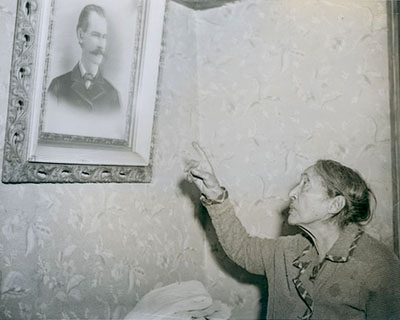
The elderly Lucy Parsons points at the portrait of her husband, Albert Parsons, hanging on the wall of her Chicago bungalow in a photo taken in 1940.
While old age induced frailty and blindness, it did not diminish Lucy’s ideological commitment nor mellow her fiery rhetoric. Hers was an unflinching battle for civil and human rights and the radical reordering of America’s social and economic structures. Fueled by a belief system that is as threatening now as it was then, her unflinching anarchism is also the reason why she has remained an obscured figure in mainstream accounts of our nation’s social and political history.
Her powerful visual presence, frozen in time in 1886, has limited her story to a singular moment of cultural interpretation that served to marginalize her lifelong efforts on behalf of a radical agenda. The previously unknown photo by Paul Grottkau displayed and discussed here is a more intimate, nuanced portrait, uncluttered by props and designed to convey Lucy’s sophistication and character. Subtle yet emotive, this portrait draws the viewer in, eliciting empathy with the sitter and encouraging surrender to her orbit of influence.
Grottkau’s portrait photo may well be a survivor of the 1942 fire that has accidentally come to light. Or perhaps it was a cherished memento that became an anonymous antique as it was passed down through the generations. One way or another, somehow it found its way into the running stream of 21st-century digital commerce.
Nearly 170 years ago Lucy Parsons was born into slavery in Virginia. Now, after a century and a half of speculation as to her true origins, we can be certain of one thing: Lucy’s multi-racial background has never fit neatly into America’s proscribed notions of “race.” In the face of the pervasive belief in an inherent superiority of one ethnicity over all others, she staked out her own territory well beyond society’s norms, refusing to be defined or ever again confined by others. Always the contrarian, she commanded treatment on her own terms as a wholly unique individual, entitled to equality, dignity, and respect; and she claimed that higher ground not only for herself but for all people, everywhere and forever.
•
Postscript
For more in-depth explorations of the life and times of Lucy Parsons, please read the following biographies: Goddess of Anarchy: The Life and Times of Lucy Parsons, American Radical by Jacqueline Jones (NY: Basic Books, 2017), which provides new evidence of Lucy’s true heritage and further insights into her political and personal life and travails, and Lucy Parsons: American Revolutionary by Carolyn Ashbaugh (Chicago: Charles H. Kerr Publishing Company, 1976; second edition, Chicago: Haymarket Books, 2013), which provides in-depth discussion of Lucy and Albert Parsons’s wide-ranging political activities, and the nature and extent of their relationships with fellow anarchists, revolutionaries and reformers. Also of interest is the video interview “Studs Terkel Recalls Lucy Parsons,” currently available on YouTube.
Examples of Lucy Parsons’ political writings can be found online at the Anarchist Library.
•
Notes:
[1] Ashbaugh, op. cit., p. 40.
[2] Michael J. Schaack, Anarchy and Anarchists: A History of the Red Terror and the Social Revolution in America and Europe. Communism, Socialism, and Nihilism in Doctrine and in Deed. The Chicago Haymarket Conspiracy, and the Detection and Trial of the Conspirators (Chicago: F. J. Schulte, 1889), p. 176.
[3] New York Times, May 8, 1887, “Anarchist Grottkau Sentenced.”
[4] Post and Gazette, December 22, 1887, http://nyshistoricnewspapers.org/lccn/sn92061913/1887-12-22/ed-1/seq-2.pdf
[5] Timothy Messer-Kruse, The Trial of the Haymarket Anarchists: Terrorism and Justice in the Gilded Age (London: Palgrave MacMillan, 2011), pp. 13, 40, 168.
[6] America, A Journal for Americans, edited by Slason Thompson and Hobart C. Taylor, Vol. 1, April 7, 1888 – March 28, 1889, Slason Thompson & Co. 1889, Chicago, p. 4; Our Dumb Animals, Vol. 22, no. 6, Boston, November 1889, The American Humane Education Society and The Massachusetts Society for the Prevention of Cruelty to Animals, Boston, MA, p. 74; Jones, op. cit., p. 250.
[7] New York Times, July 29, 1889, “Anarchist Vaporings, The Haymarket Riot Recalled by a Meeting in Chicago Yesterday.”
[8] New York Times, July 29, 1889, op. cit. Also reported in the Daily Alta California, Vol. 81, no. 29, July 29, 1889.
•
Picture credits:
1. Logo, Chicagoer Arbeiter Zeitung , 1886.
2. Portrait of Paul Grottkau, Joseph A. Labadie Collection, Hatcher Graduate Library, University of Michigan, Ann Arbor, MI, Filing Code: LPF Grottkau, Paul.1; Accession #: LPF.0410, “Paul Grottkau,” cabinet card, circa 1891-1898, Holler’s Studio, No. 8 Sixth St., First Gallery Below Market St., San Francisco, Cal. (photographer).
3. Photo of Lucy Parsons by Paul Grottkau, Chicago, 1888-89, Collection of the author.
4. Cover of Goddess of Anarchy, The Life and Times of Lucy Parsons, American Radical by Jacqueline Jones (New York: Basic Books, 2017), derived from photo of Lucy Parsons by August Brauneck, New York, 1886, Prints & Photographs Division, Library of Congress.
5. Photo from “The Dramas of Haymarket,” a collaborative project of the Chicago Historical Society (CHS), from whose holdings virtually all its contents are drawn, and of Northwestern University (NU), Carl Smith, Curator, 2000: http://www.chicagohistoryresources.org/dramas/epilogue/tellingsAndRetellings/tellingsAndRetellings_f.htm.
6. Photo from collection of the Newberry Library, Charles H. Kerr Company records, 1885‐1999, Call Number: Midwest MS Kerr Series 5 Box 5 Folder 55; circa 1939; http://collections.carli.illinois.edu/cdm/ref/collection/nby_chicago/id/1535.
•
Click here for an index page with links to all installments in this series.
•
 Trained as a painter/printmaker in NYC art schools, Colleen Thornton over the past four decades has focused on fine-art curation and research, arts advocacy, administration and fundraising, and business development. She co-founded and was executive director of City Without Walls Gallery in Newark, NJ. While living in Europe (UK and Denmark) for two decades she worked in the fine arts and architecture on various projects, including fundraising, gallery exhibitions, and international conferences.
Trained as a painter/printmaker in NYC art schools, Colleen Thornton over the past four decades has focused on fine-art curation and research, arts advocacy, administration and fundraising, and business development. She co-founded and was executive director of City Without Walls Gallery in Newark, NJ. While living in Europe (UK and Denmark) for two decades she worked in the fine arts and architecture on various projects, including fundraising, gallery exhibitions, and international conferences.
Thornton has built a substantial collection of 19th- and early 20th-century vernacular photography, Japanese ukiyo-e, and Scandinavian works on paper. As a private dealer, she has added to the collections of several major museums.
With former U.S. Ambassador to Denmark Richard N. Swett, FAIA, Thornton researched and co-authored the book Leadership by Design: Creating an Architecture of Trust (2005). Her writings on cultural topics, including photography, have been published in the U.K., Denmark and the U.S. To contact Colleen Thornton, click here.



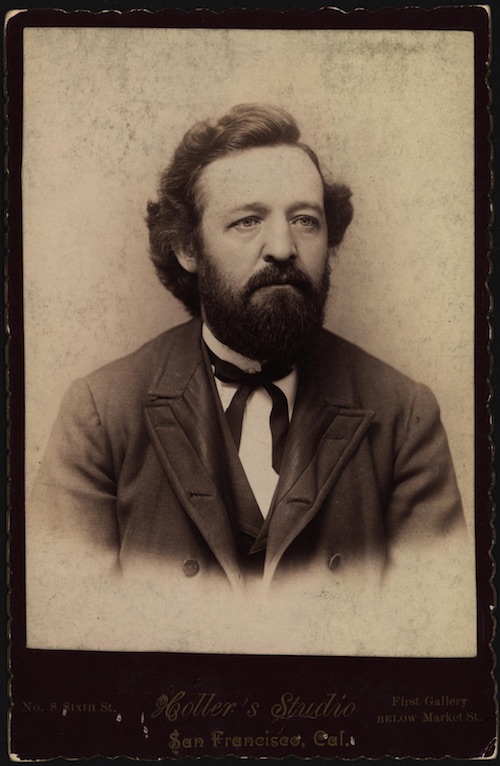
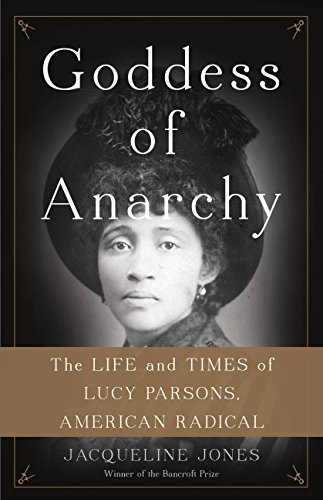
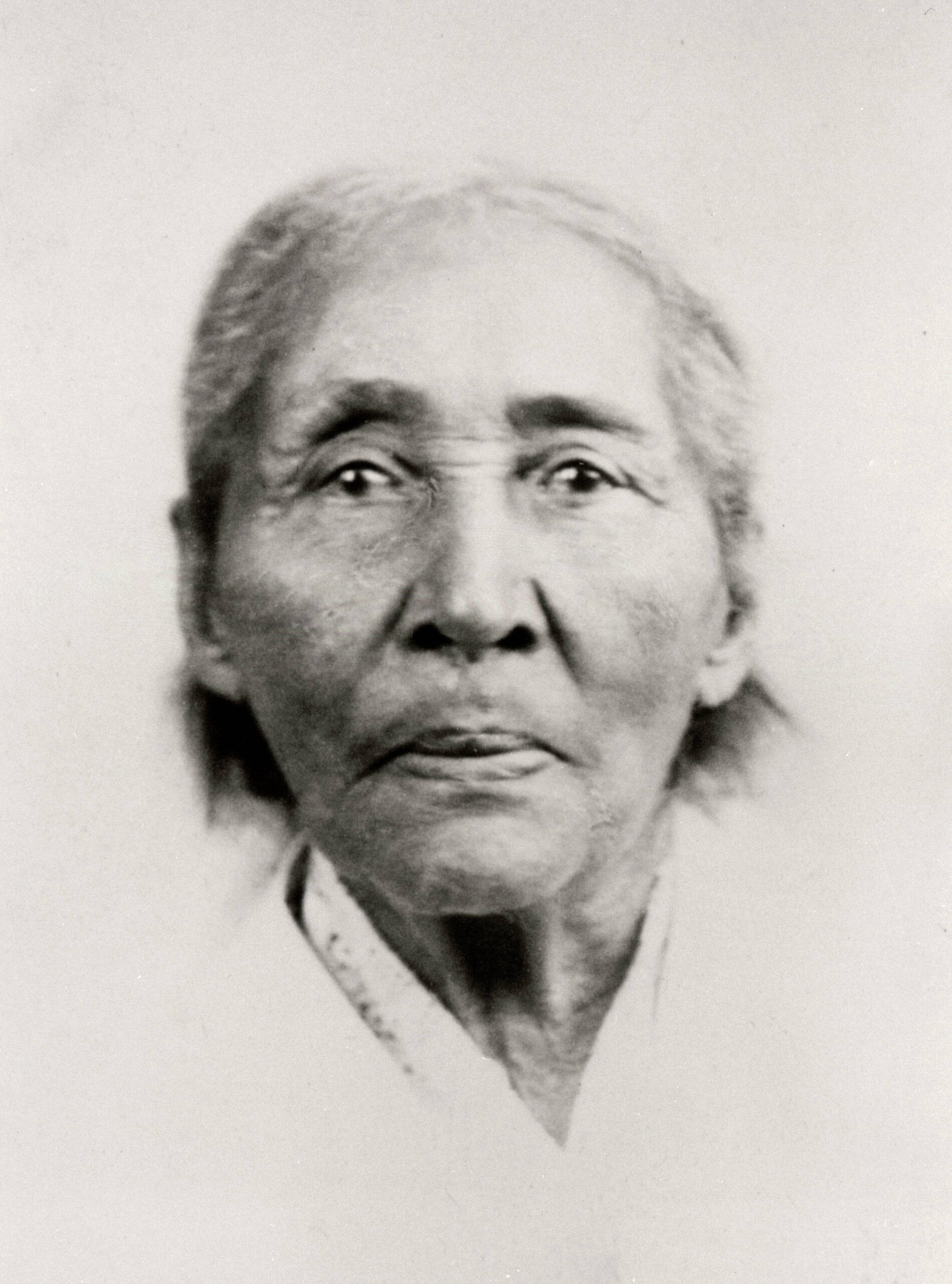
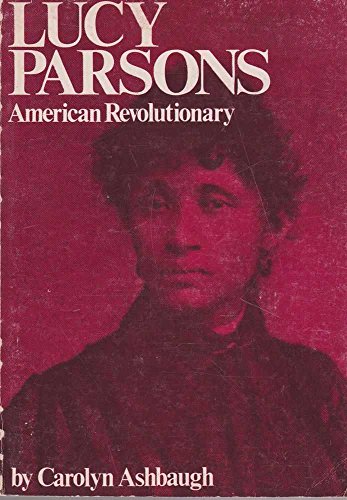




Leave a Comment